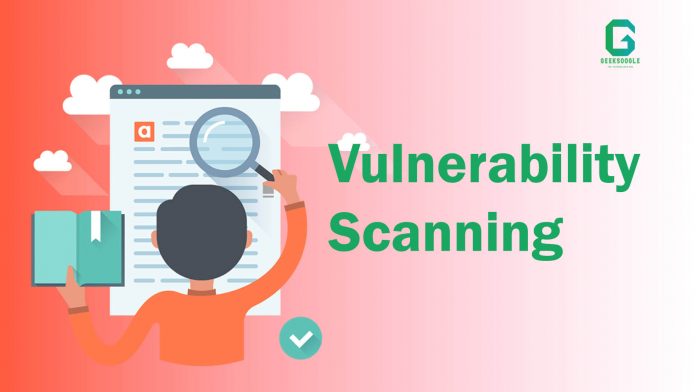Vulnerability scanning or vulnerability assessment is a systematic process of finding security loopholes in any system addressing the potential vulnerabilities.
The purpose of vulnerability assessments is to prevent the possibility of unauthorized access to systems. Vulnerability testing preserves the confidentiality, integrity, and availability of the system. The system refers to any computers, networks, network devices, software, web application, cloud computing, etc. This software will scan for possible weaknesses in the coding structure or formation. In the related fashion that a manufacturing engineer controls his/her product. For example architectural integrity, vulnerability testing does the very, searching for vulnerable points or poor construction. The scans identify areas where a system may be open to attack.
There are two types of scans:
- Authenticated and
- Unauthenticated.
The difference is that authenticated scans allow for direct network access using remote protocols. Such as secure shell (SSH) or remote desktop protocol (RDP). An unauthenticated scan can examine only publicly visible information and are unable to provide detailed information about assets. This kind of scan is typically used by security investigators attempting to manage the security condition of a network.
Modern scanning software is often available as Software-as-a-Service (SaaS) by specific providers that build web-based interface applications. These applications can scan installed software, open ports, validate certificates, and much more.
Scanners rely on declared and constantly updated lists of recognized vulnerabilities. Which are ready for widely used software. Vulnerabilities don’t make it over the list. Until there is an important fix (which can act struggles for zero-day style attacks). When the software detects an anomaly, a patch is deliver. The software is designe to detect issues by querying the software. Which is for version information and observing the responses the software provides to specific requests.
Vulnerabilities are classified by priority. Critical vulnerabilities indicate a high likelihood that an attacker could exploit weaknesses and enact damage. Lower-priority warnings may help thieves to gather data but don’t quickly allow breaches.
The Center for Internet Security (CIS) recognizes perpetual vulnerability scanning as a critical condition for active cyber defense.
The Benefits of Vulnerability Scanning
- Vulnerability scanning is a necessary part of your security team’s overall IT venture management program for several reasons.
- Vulnerability scanning allows you to take a proactive way to close any gaps. And manage effective security for your systems, data, employees, and customers.
- Data gaps are usually the outcome of unpatched vulnerabilities, so recognizing and reducing these security gaps removes that attack vector.
- Cyber security agreements and organizations demand secure systems. For example, NIST, PCI DSS, and HIPAA all indicate vulnerability scanning to defend important data.
- Cyber criminals also have access to vulnerability scanning tools, so it is important to bring out scans. And take restorative effects before attackers can utilize any security vulnerabilities.
To Know More About Vulnerability Visit: https://geeksoogle.com
















